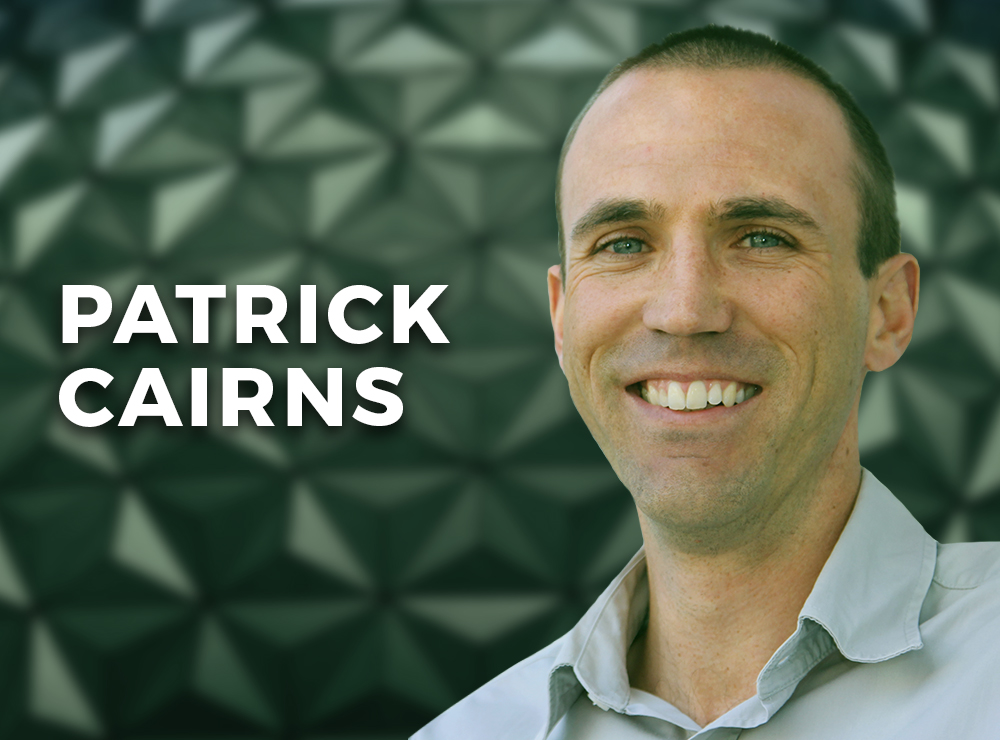
By PATRICK CAIRNS
Investing is always unpredictable. The risks and quirks in markets mean that outcomes are never certain. The best we can do is to think in terms of probabilities.
This is why a good decision-making process is so important for any investor. As the Thinking Ahead Institute noted in a 2018 paper:
“Uncertainty is a key concept. Not just because the outcome of decisions is unknown, but because the range of possible outcomes is rarely fully defined. Investment is not like spinning a roulette wheel, where the odds are known. The degree of underlying uncertainty varies between one decision and another.”
We have to give ourselves the best chance of making good decisions. That means having different tools to call on.
The pre-mortem
One tool that is gaining more recognition is the “pre-mortem”. It draws from the familiar concept of a post-mortem — looking back after something has gone wrong and analysing why.
A pre-mortem takes that idea and asks us, from the start, to imagine that our plan has already failed. The idea is to come up with stories about how this happened.
It is an idea credited to psychologist Gary Klein. He introduced it as a tool in management practice.
“Unlike a typical critiquing session, in which project team members are asked what might go wrong, the pre-mortem operates on the assumption that the patient has died, and so asks what did go wrong,” Klein explained. “The team members’ task is to generate plausible reasons for the project’s failure”.
The important distinction is that this is more than just trying to anticipate what might upset our plan. We actually have to imagine that the plan has already gone belly up. And then look back at why that happened.
Hindsight
This is what makes the pre-mortem particularly interesting from a behavioural science perspective: it turns one of our human biases into a tool we can use to our advantage.
By looking at a decision from an imagined future, we turn on that part of our brains which likes to find an explanation for anything that has taken place. This is nothing more than hindsight bias – believing that we can always find a linear progression from A to B.
In the real world, this generally means we ignore the effects of change and luck. In a pre-mortem, however, it means we think about a much wider range of possibilities than simply looking ahead and asking: “what could go wrong?”.
That is because it takes away uncertainty. In the imagined future, the outcome is already known. We are no longer thinking about a whole range of possibilities — we are just focusing on the one that has, in our imaginations at least, already happened.
That allows us to think more clearly about the problems any decision could encounter, and therefore makes us better equipped to avoid them.
Countering overconfidence
This is why Nobel prize-winning behavioural scientist Daniel Kahneman has referred to the pre-mortem as his favourite method for making better decisions. Instead of treating our cognitive biases as a hindrance, it acknowledges that they are just the way our brains work, and even turns them to our advantage.
The pre-mortem can be a powerful way of dealing with one of the most hazardous biases when it comes to investing – overconfidence. This refers to how we tend to overestimate our skills and chances of success.
Overconfidence is what leads us to switch funds, trying to time markets and thinking that we can identify which active manager is going to outperform next. It also tends to make people overestimate how much risk they can stomach, and to overreact when market conditions turn against them.
As the chief investment officer at Charles Schwab, Omar Aguilar, recommended in a paper last year:
“Start by imagining that the investment strategy you’re considering has succeeded, and from this imagined point in the future, think through all the reasons it has done well. Then imagine that the same strategy has underperformed and think through all the reasons for its failure. This exercise may help people see potential risks and missteps that they might have overlooked in their excessive optimism.”
Conducting a pre-mortem also asks us to step outside of our comfort zone. That counters a second behavioural challenge for investors — confirmation bias.
As Blerina Dervishaj from the University of Vlora noted in a 2021 paper, a pre-mortem “forces people to act against their own confirmation bias, the natural bias to seek only evidence that supports an original belief. A pre-mortem will reduce the post-mortem pain that hits when the reality does not match the optimistic expectations.”
One of South Africa’s most respected financial journalists, PATRICK CAIRNS is a trusted commentator on the world of investments and the quirks of behavioural finance. Over more than a decade he has built a reputation for keeping the industry honest, and putting the interests of investors first.
Here are some more articles by Patrick Cairns:
Think tank calls for regular “financial health checks”
Mutual funds: The less you understand, the more you pay
Three steps to breaking the money shame spiral
FIND AN ADVISER
Investors are far more likely to achieve their goals if they use a financial adviser. But really good advisers with an evidence-based investment philosophy are sadly in the minority.
If you would like us to put you in touch with one in your area, just click here and send us your email address, and we’ll see if we can help.
© The Evidence-Based Investor MMXXII









